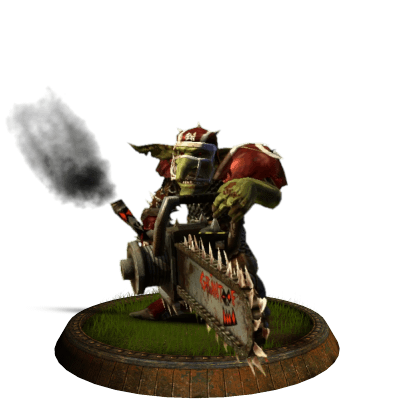To kill a knight...
Authenticity and historicity in the combat of Zodiac Legion
Greetings, commanders! In this update, we're excited to share with you the forthcoming changes to our combat system and the design objectives that guided these modifications.
Knowledge is power
In designing Zodiac Legion's combat system, our primary goal was to imbue it with a sense of authenticity that aligns with the game's narrative of transitioning from a traditional late medieval era into an age of magic. As combat is a critical aspect of the game, we wanted to make sure that it reflected historical medieval fights as closely as possible. This entails a realistic portrayal of armored combat, shifting away from the individual idiosyncrasies commonly seen in many games and films, where armor doesn't function as expected and provides sub-par levels of protection.
To rectify this, I undertook extensive research, through historical treatises and personal combat. This also allowed me to gain insight from enthusiasts who have spent considerable time studying or practicing these disciplines.
The Role of Armor
One crucial fact about late medieval combat is that plate armor was virtually immune to cuts and even thrusts. Recent tests suggest that breastplates were even resistant to arrows fired from a longbow, and injuries were primarily inflicted when less armored body parts were hit (i.e, by "critical hits").
In hand-to-hand combat, armor often necessitated the use of specific techniques to strike an opponent's vulnerable parts or to gain access to them. Techniques like half-swording or the mordschlag employed weapons in ways that deviated considerably from their original intended purpose. Grappling, often a dungeon master's worst nightmare, emerged as a critical skill to facilitate this, as the protection offered by armor also made it possible to go much more up-close against an opponent.
Interestingly, the classic D&D armor system aimed to depict this. Initially, I believed damage reduction was a superior mechanism, but understanding that most attacks should be virtually 100% reduced by armor, I now appreciate the need for recognizing the many poorly protected (or completely unprotected) areas on most armor.
Armor and Attacks in the game
To more effectively represent heavy armor within the game's context, we're considering two distinct methods.
The first approach involves regular attacks only inflicting "impact damage" on heavily armored characters, with heavier weapons causing more of this damage than balanced ones. To inflict significant damage, a thrusting or impact weapon would require a critical hit.
The second approach involves introducing special targeted attacks, varying by weapon but capable of achieving one of the following:
Reducing the opponent's defense against future attacks by attempting to seize their weapon arm
Stunning the opponent through a forceful blow to the head
Forcing the opponent to the ground
Thrusting at the target's least protected areas
Both strategies will also help differentiate between weapons and armor types. The difficulty of hitting a weak point, and the consequent reduction in protection, will depend on the armor type. In contrast, the effects of critical hits or the special attacks available will depend on the weapon type.
Armored Teamwork
Most of these techniques would be impractical to perform within a formation as grappling leaves both fighters very exposed. However, team support already plays an essential part in our game rules, as characters aid their teammates in both attack and defense, unless this support is negated by the presence of other characters. Therefore, we don't anticipate significant changes to this aspect.
Taking teamwork into account, some of the special attacks may leave both the attacker and the defender with the "exposed" condition. Additionally, "pushing contests" between formations, a common feature in ancient and medieval foot combat, could isolate opponents, allowing your second line to engage or finish them off with minimal effort.
What about magic?
The idea of magic becoming more available as the game progresses is one of the reasons we wanted authentic combat in the first place. It’s a game-changer that opens up new tactical options. While armor provides excellent protection against physical attacks, it offers less defense against magical powers. Some spells might bypass armor completely, striking directly at the enemy's life force, making magical artifacts and protection incredibly valuable. On the other hand, magic can also enhance the capabilities of your mundane warriors by punishing enemies for maintaining their formation with a fireball, and leveraging telekinesis to pull your target into your own formation.
Authentic assets
A good part of the work of the past weeks has been focused on using AI to improve our animation workflow by drafting frames of new elements from our existing ones. That should allow us to add a few missing armor types, like gambesons or brigandines.
It's also easier to add new animations by first only making them for a single set (here, a "naked" barbarian), and then generating an initial draft of all the variations needed to accommodate our existing sets.
The animations we're working on implementing include making opponents prone, reloading a crossbow, or thrusting/half-swording:
Conclusion
Thank you for your attention. As always, we're eager to hear your feedback about the planned changes, and what else you would like us to talk about.
May the stars align in your favor.

I wonder if there would be a way of making that look tonally/thematically consistent.
















![Glory to Codexia! [2012] Codex 2012](/forums/smiles/campaign_tags/campaign_slushfund2012.png)
















